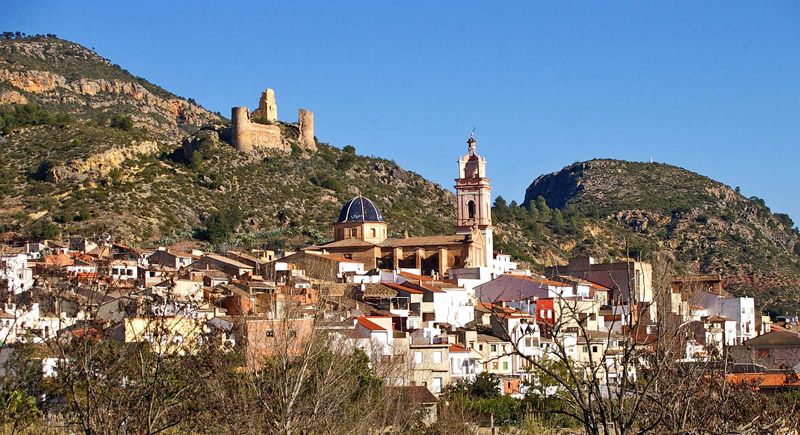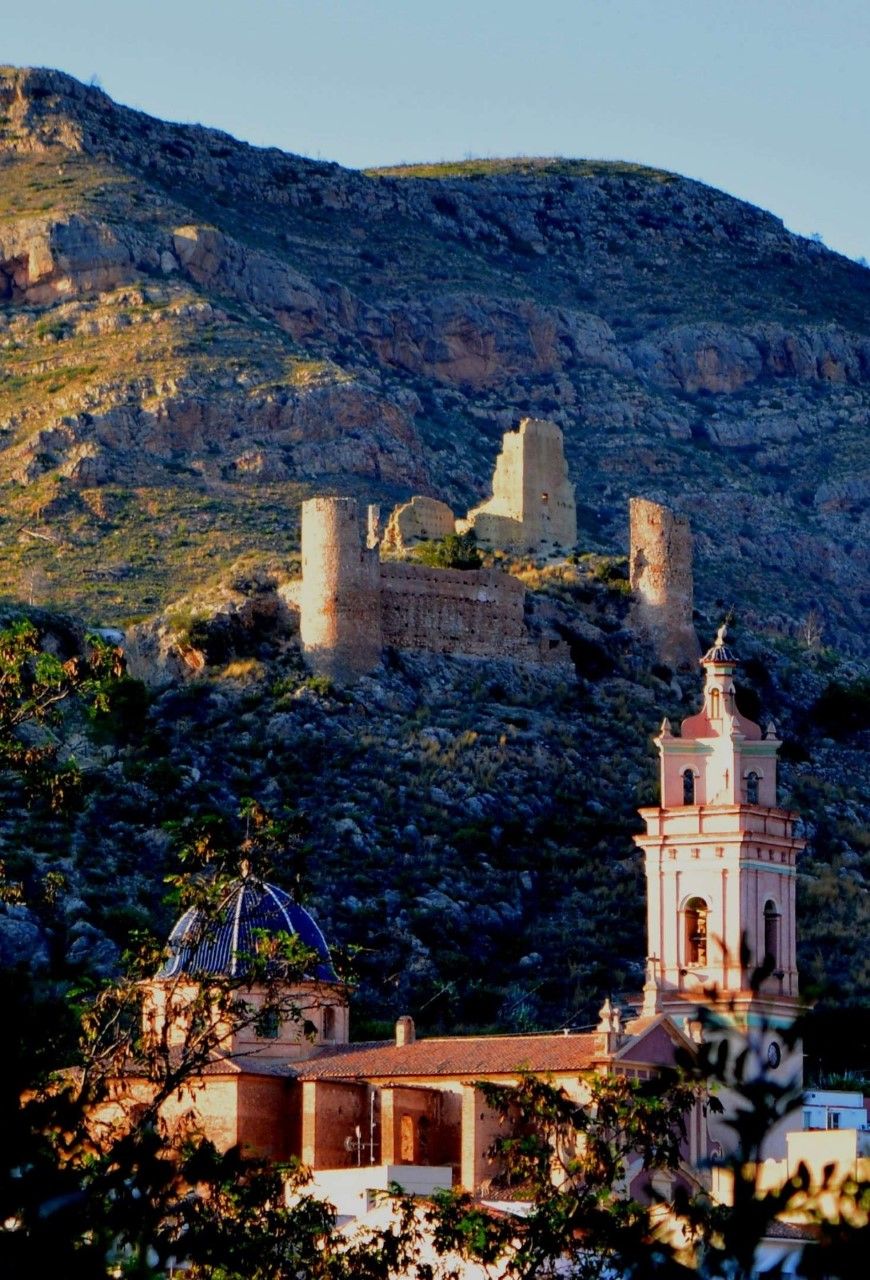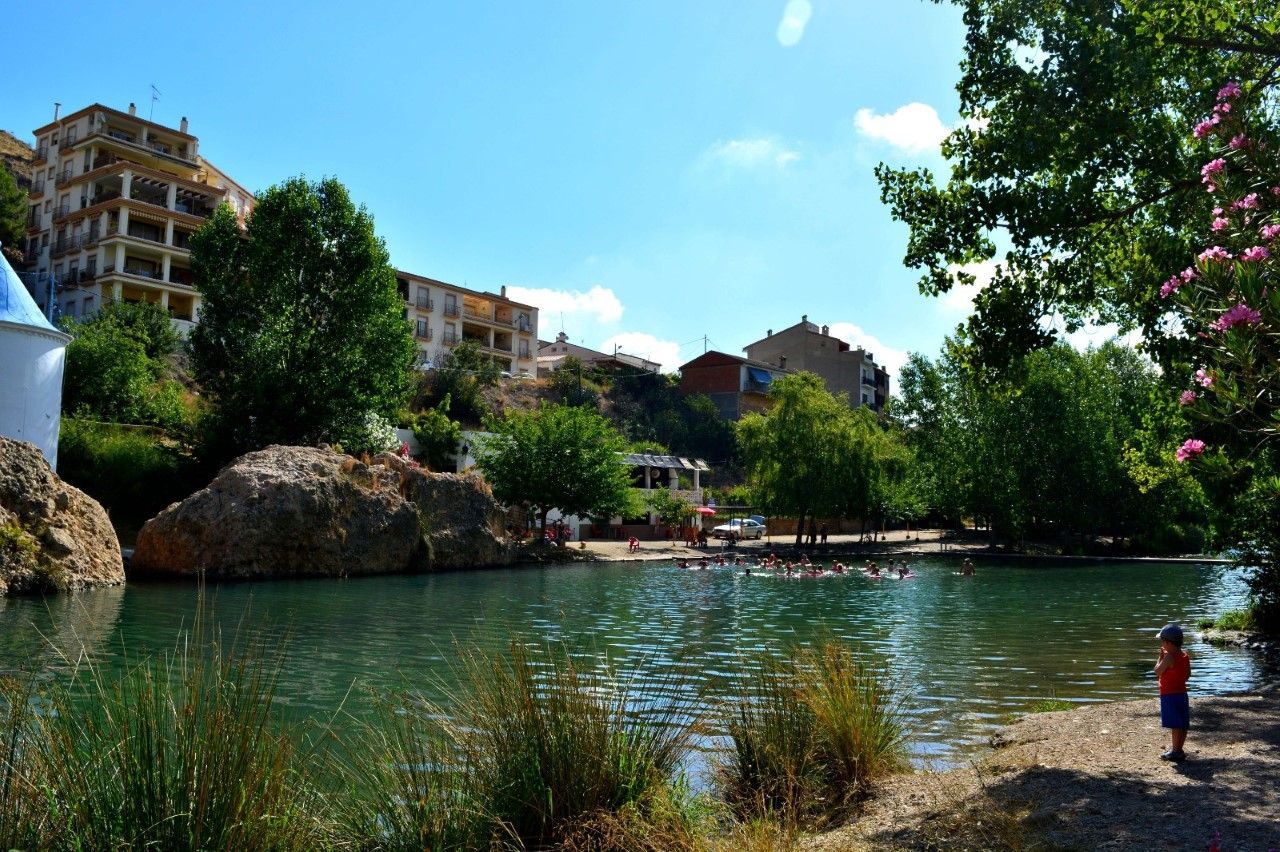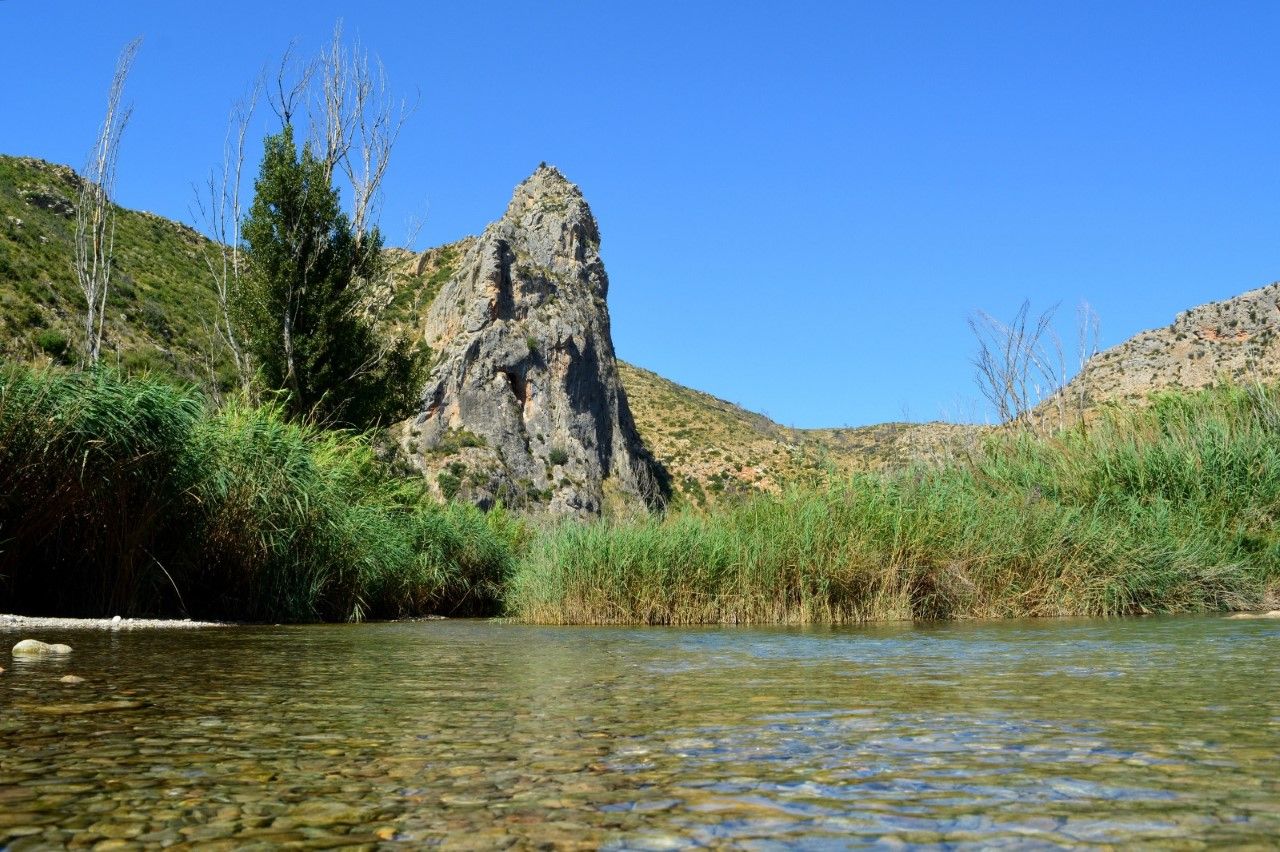Gestalgar
Gestalgar is located about 50Km away from Valencia. The municipality borders to the north with Chulilla, to the west with Siete Aguas, Chera and Sot de Chera, to the south with Chiva and Cheste and to the east with Bugarra.
The River Turia enters the municipality to the northwest and runs through the steep mountain range, creating areas of great landscape value. The valley opens up near to the village and forms a fertile riverbank which extends to the end of the municipality, where the Turia follows it course. Although there are scant details relative to the foundational origins of the village, it is believed to be of Roman origin and was known as “Geste”, meaning “mounted troop”. On the right bank of the River Turia was the village of Algar, of Muslim origin. During the 12th century the Muslims joined the two villages, giving the new village the name of Gestalgar, or Chestalgar as it was known commonly.
Gastronomy:
Local products include shoes made from esparto. Its cuisine consists of local produce, vegetables, legumes, cured sausages and meats, with which the most typical dishes are prepared: rice with “caricas”, rice with collard greens, “sulsia” stew, gazpacho and “ajo arriero”. Local sweets include “rollitos de aguardiente”, “rollitos de coco”, “rosigones de almendra”. High-quality honey and olive oil, made following artisan traditions with stone mills, is also available.
Places of interest:
Monuments
Los Murones Castle
Remains of the castle wall: the Castle overlooks the village from the left bank of the River Turia. It dominates the valley from its elevated position, controlling the access routes and the local production. It can be seen that its structure was built during several different periods and that its composition is varied.
Architecture: originally Islamic, and from this period the incomplete quadrangular tower and part of the paintings from the eastern and western wall are conserved. It was originally built on a bed of yellow clay-like material.
There are remains of two, cylindrical embattled towers, reinforced in their lower sections by a slope. They protrude from the wall and look out over the terraced land at their feet. These towers have three firing positions in the interior in the form of slits located on each level.
The fortress is now in ruins, with only the perimeter structures remaining. The only standing structure is the well, which is located in the courtyard. The remains indicate the basic lines of the wall.
This fortification may date from the 12th century, coinciding with the reign of Muhammad ibn Mardanish.
Stately Home.
Nature
Recreational Areas: there are several recreational areas that you can visit and enjoy:
Los Palleros Recreation Area: equipped with toilets and paella-making facilities (which can be used in accordance with the declared fire risk) in the area, which lies near to the River Turia.
La Peña María Recreation Area: in the shade of a large mulberry tree, the visitor can enjoy the water from one of Gestalgar’s most important springs. There stone tables and benches.
Municipal Sports Facilities: equipped with a five-a-side football pitch, basketball courts, children’s play area, and in the summertime, a kiosk-bar.
“El Motor” bathing area: a beautiful site in which to enjoy a refreshing swim in summer, with a shaded area and bar-restaurant.
Environmental Interest Areas:
The municipality includes areas catalogues as of environmental and archaeological interest:
– El Barranco del Regajo
– La Sierra de los Bosques
– “La Tierra de Roya” chasm
– Barranco del Regajo
– The cave paintings in “Las Clochas” caves:
– “Los Diablos” Cave
El Barranco del Regajo: located to the southwest of the municipality and the bed of the River Túria, it is considered “a path of wealth”, as it generously waters the land it crosses. It runs through the central part of the municipality from east to west. The waters are still clean at this point.
La sierra de los Bosques: to the south of the municipality, in the direction of Chiva, there is an area of interest which the “COPUT” has proposed as a protected site.
“La Tierra de Roya” chasm: en route to “El Campillo”. A beautiful chasm, full of formations of great beauty, including stalactites and stalagmites. Access is restricted to specialists (cavers). The key may be requested from the town hall.
The cave paintings in “Las Clochas” caves: They are located in two caves in “Las Colochas”, or “Las Clochas”, ravine, between “El Pico de Santa Maria and “El Pico del Burgal”. They consist of a series of drawings pertaining to Levantine Art.
Festivities:
Gestalgar hosts various festivities, although the most notable are those which take place in February in honour of the village’s patron saint, Saint Blaise. In July and August, festivities are held in honour of Our Lady of the Assumption and Saint Roche, as well as the Pilgrimage to Our Lady of La Peña, and the Pilgrimage of Saint Abdon and Saint Sennen.








